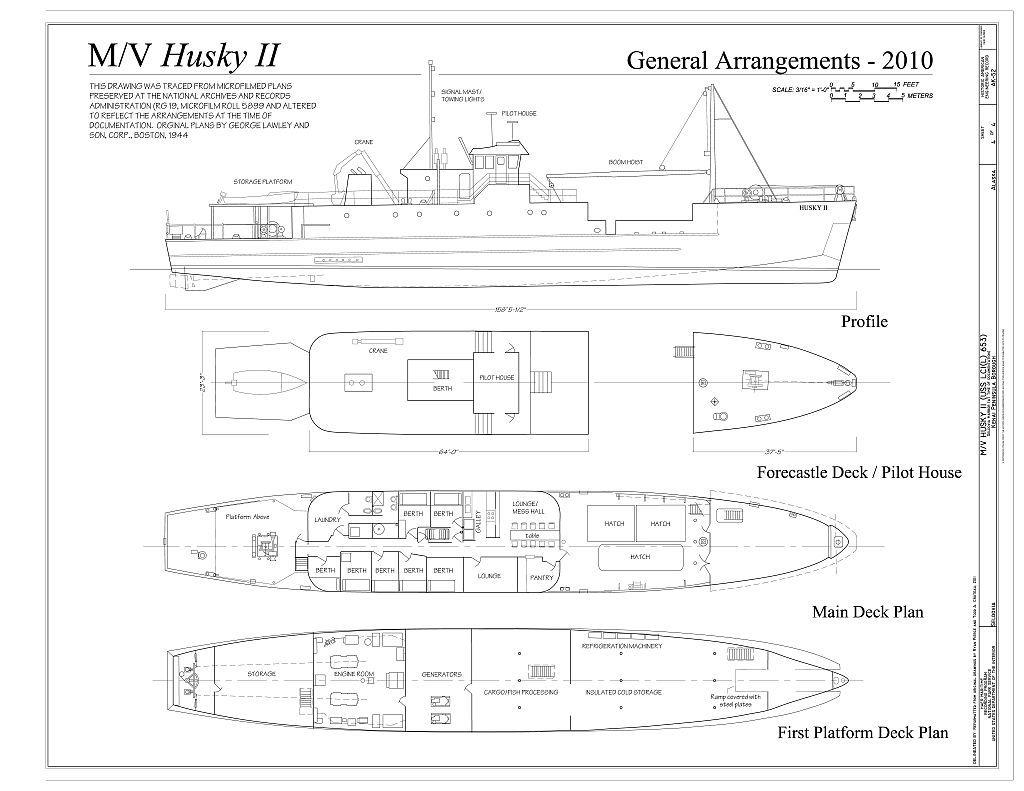
USS LCI(L)-653 was one of over 900 large infantry landing craft built in the United States during World War II. The U.S. Navy designed these ocean-going troop transports at the instigation of the British Admiralty to carry about 200 assault troops for a few days and then land them, via bow gangways, onto a beach in combat. LCI(L)-653 took part in combat landings and general ferrying duties in the Philippines during 1944 and 1945. Laid up after its return to the U.S. in 1946, the vessel was converted into a coastal minesweeper in 1953, only to be decommissioned again in 1955 and struck from the navy list in 1960. Mariner Oddmund Sumstad purchase it in 1962, renamed it Husky II, and put it to use as a pilot boat on the Kuskowim River in southwest Alaska. Oddmund’s nephew Ronald Sumstad bought the boat in 1979 and continued it in pilot service. In 1986, Sumstad converted the vessel to a fisheries tender, buying and freezing fish onboard for shipment to market. Sumstad sold the Husky II in 2001. After passing through the hands of a couple of owners, the vessel was abandoned at Seldovia, Alaska. Cleaned of hazardous materials in a project headed by the U.S. Coast Guard, the deteriorating vessel was broken up at Homer in 2010. The Husky II represents the widespread commercial reuse of surplus navy landing craft and small boats that took place in the decades after World War II, when vessels built for government use became essential equipment in the lives of fishermen, tour operators, sportsmen, and coastal mariners across the country.
Summary of Action Related to M/V Husky II
-
1944 Initial Construction
-
1952-1953 Subsequent Work
-
1961 Subsequent Work
-
1968 Subsequent Work
-
2007 Subsequent Work
-
2010 Demolished